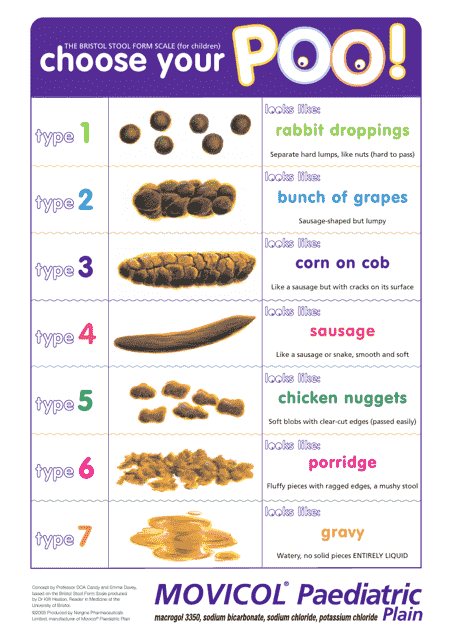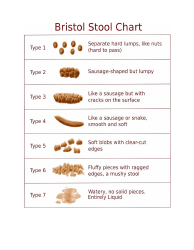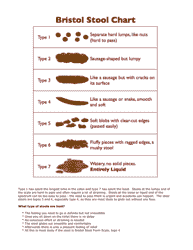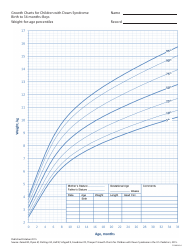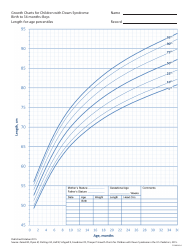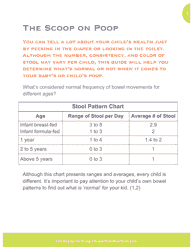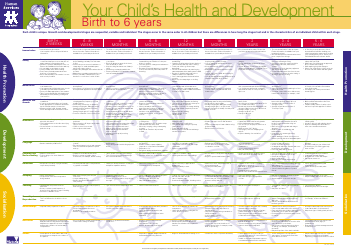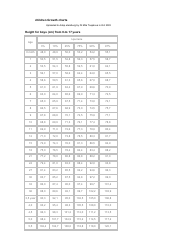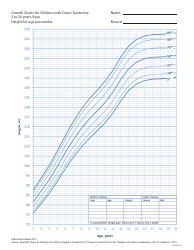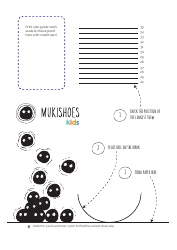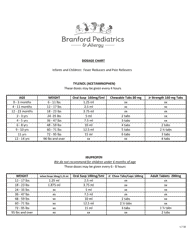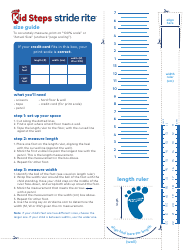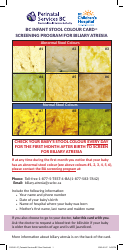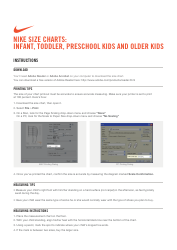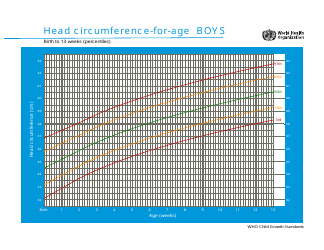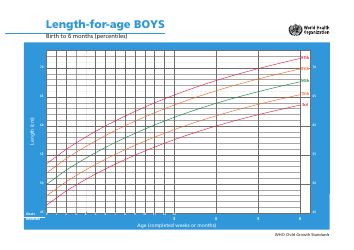Children Bristol Stool Chart - Norgine Pharmaceuticals
The Children Bristol Stool Chart is a tool developed by Norgine Pharmaceuticals to help parents and healthcare professionals assess the consistency and shape of a child's stool. It is used to monitor bowel health and identify potential issues, such as constipation or diarrhea, in children.
FAQ
Q: What is the Children Bristol Stool Chart?
A: The Children Bristol Stool Chart is a tool used to categorize the different types of stools in children.
Q: Why is the Children Bristol Stool Chart used?
A: The Children Bristol Stool Chart is used to assess the consistency and form of a child's stool, which can help identify any potential digestive issues.
Q: How does the Children Bristol Stool Chart work?
A: The Children Bristol Stool Chart categorizes stools into seven different types (ranging from hard lumps to watery liquid), indicating the normality or abnormality of the stool consistency.
Q: What are the different types of stools in the Children Bristol Stool Chart?
A: The Children Bristol Stool Chart includes seven types of stools: hard lumps, sausage-shaped, cracked surface, smooth and soft, fluffy, watery with separate solid lumps, and entirely liquid.
Q: What does each type of stool in the Children Bristol Stool Chart indicate?
A: Each type of stool in the Children Bristol Stool Chart indicates different aspects of a child's digestive health, such as hydration levels, fiber intake, or potential gastrointestinal disorders.
Q: Is the Children Bristol Stool Chart applicable to infants as well?
A: The Children Bristol Stool Chart is primarily designed for older children, but it can provide some general insights for parents of infants as well.
Q: When should I consult a healthcare professional based on the Children Bristol Stool Chart?
A: If your child consistently has stools that fall outside the normal range indicated by the Children Bristol Stool Chart, it is advisable to consult a healthcare professional for further evaluation.
